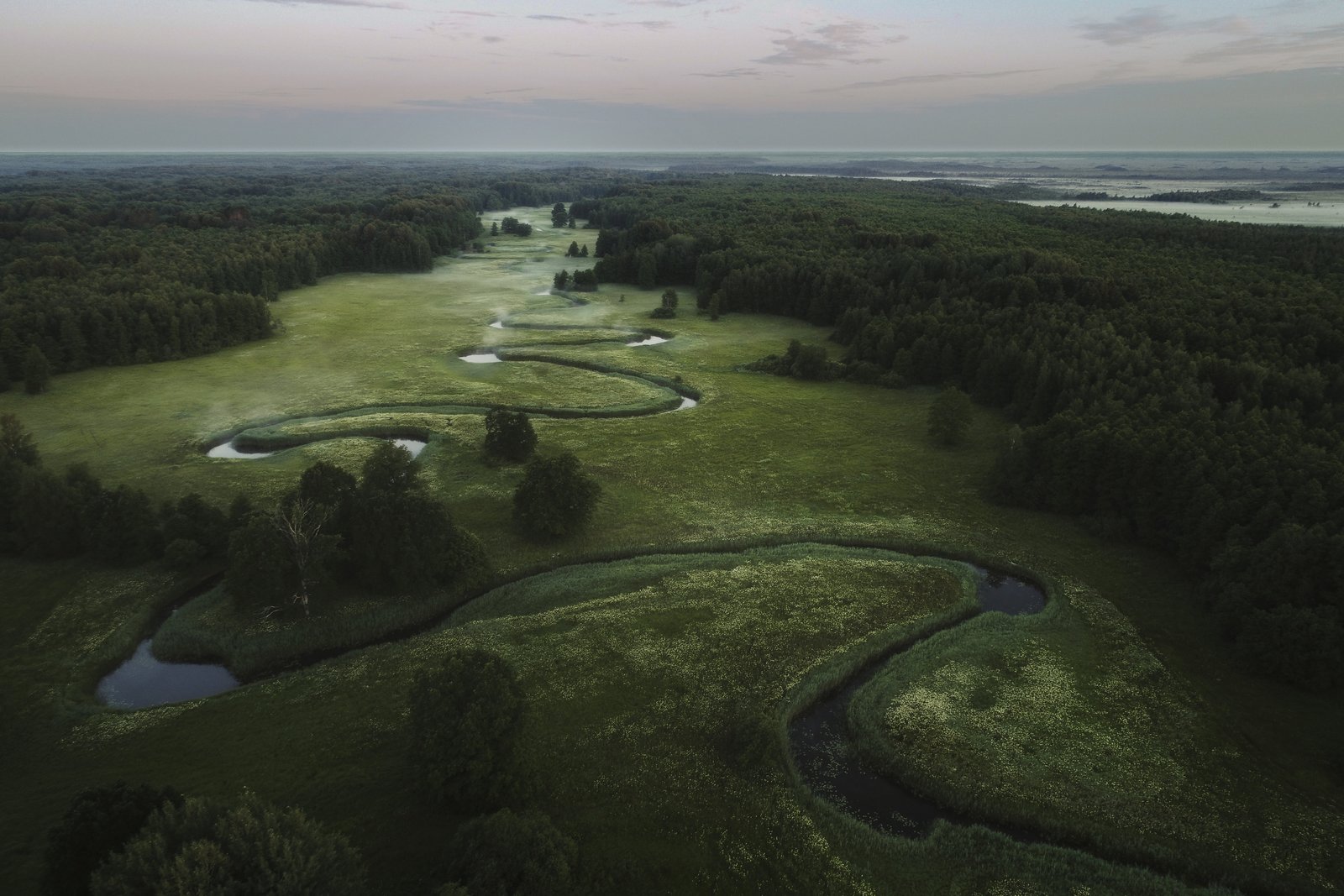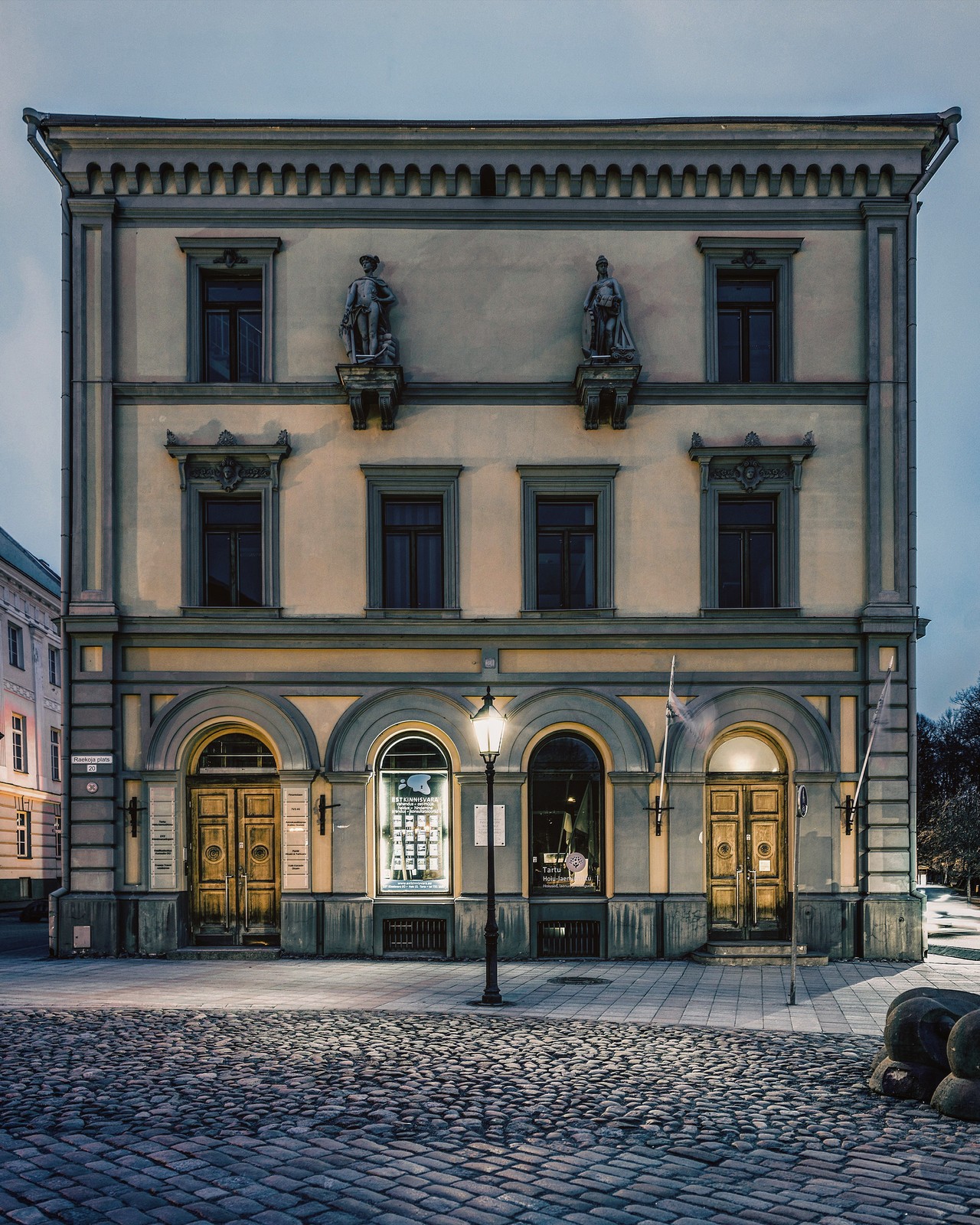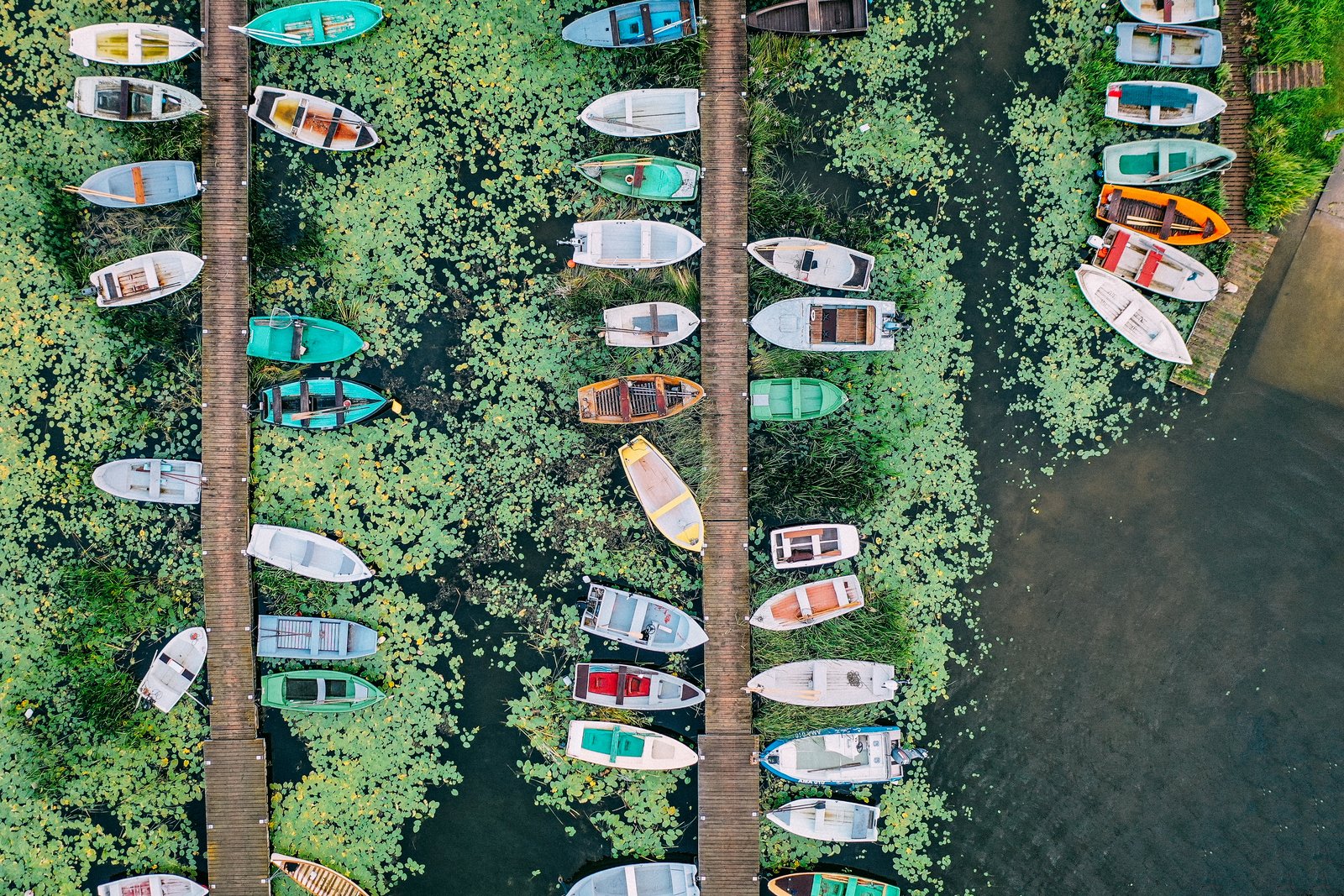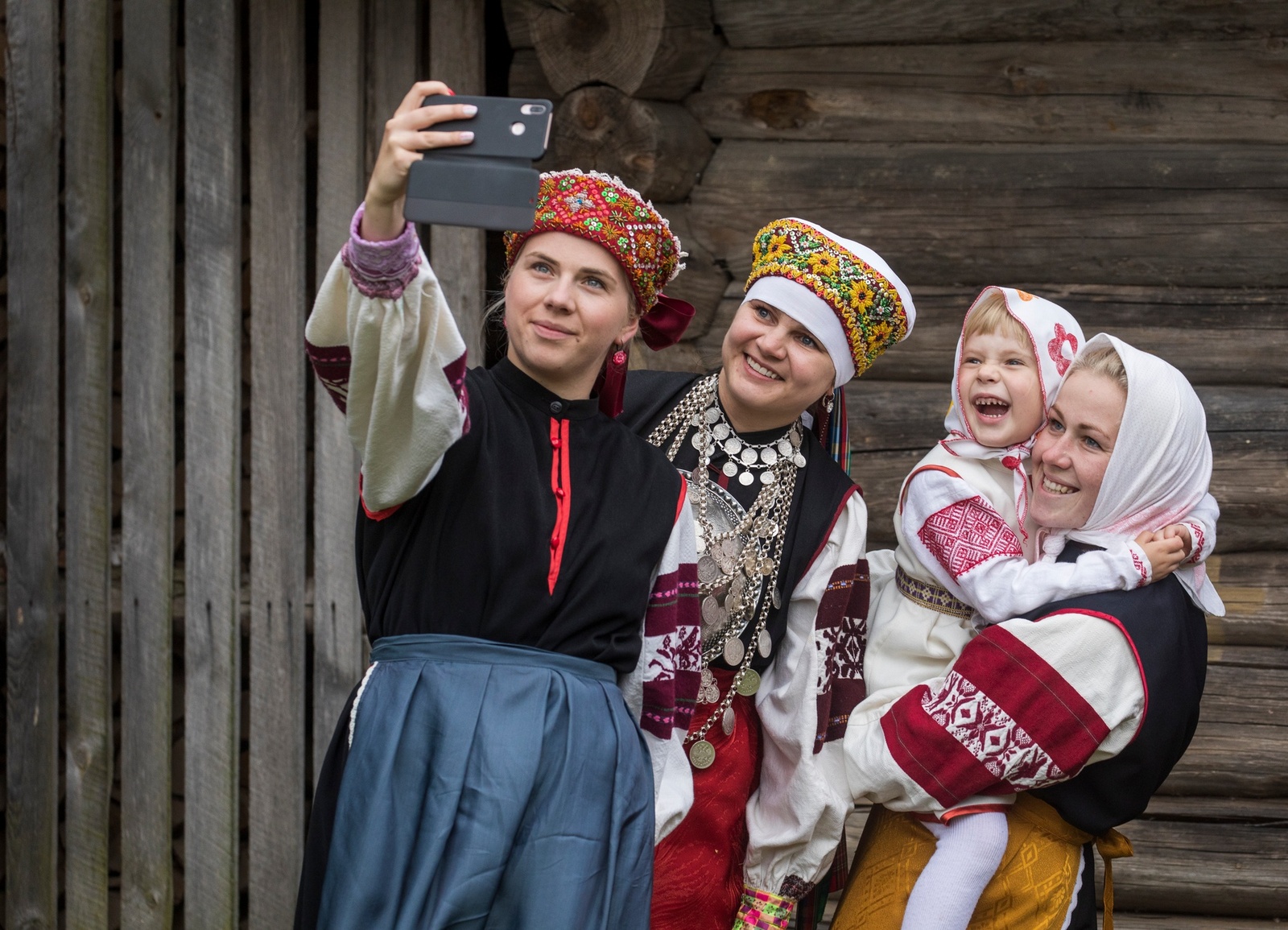On the shore of Europe’s fourth largest lake, Lake Peipus, there
lives a community of Old Believers, who are known as great fishermen and onion
growers. Driving along their village roads laced with colourful houses, you can
see onion braids for sale hanging on doors.
In the east, right on the
Estonian-Russian border, there is the former great industrial and Hanseatic
town Narva. Nowadays, the mostly Russianspeaking bordertown hosts a college of
the University of Tartu and of The Estonian Academy of Security Sciences. In
recent years, more and more cultural life is finding its way there, due to the
opening of a contemporary performing arts centre and international music
festivals taking place in the region. The nearby resort town Narva-Jõesuu, with
its sprawling sandy beaches, is also a big draw for visitors.
Western Estonia
boasts many different islands. Estonia’s largest island Saaremaa has throughout
history been associated with maritime activities; both ancient Viking ships and
treasures have been discovered there. The small island Kihnu, with its 700
inhabitants, belongs to the UNESCO Representative List of the Intangible
Cultural Heritage of Humanity thanks to its music, garments, language, and
handicrafts.
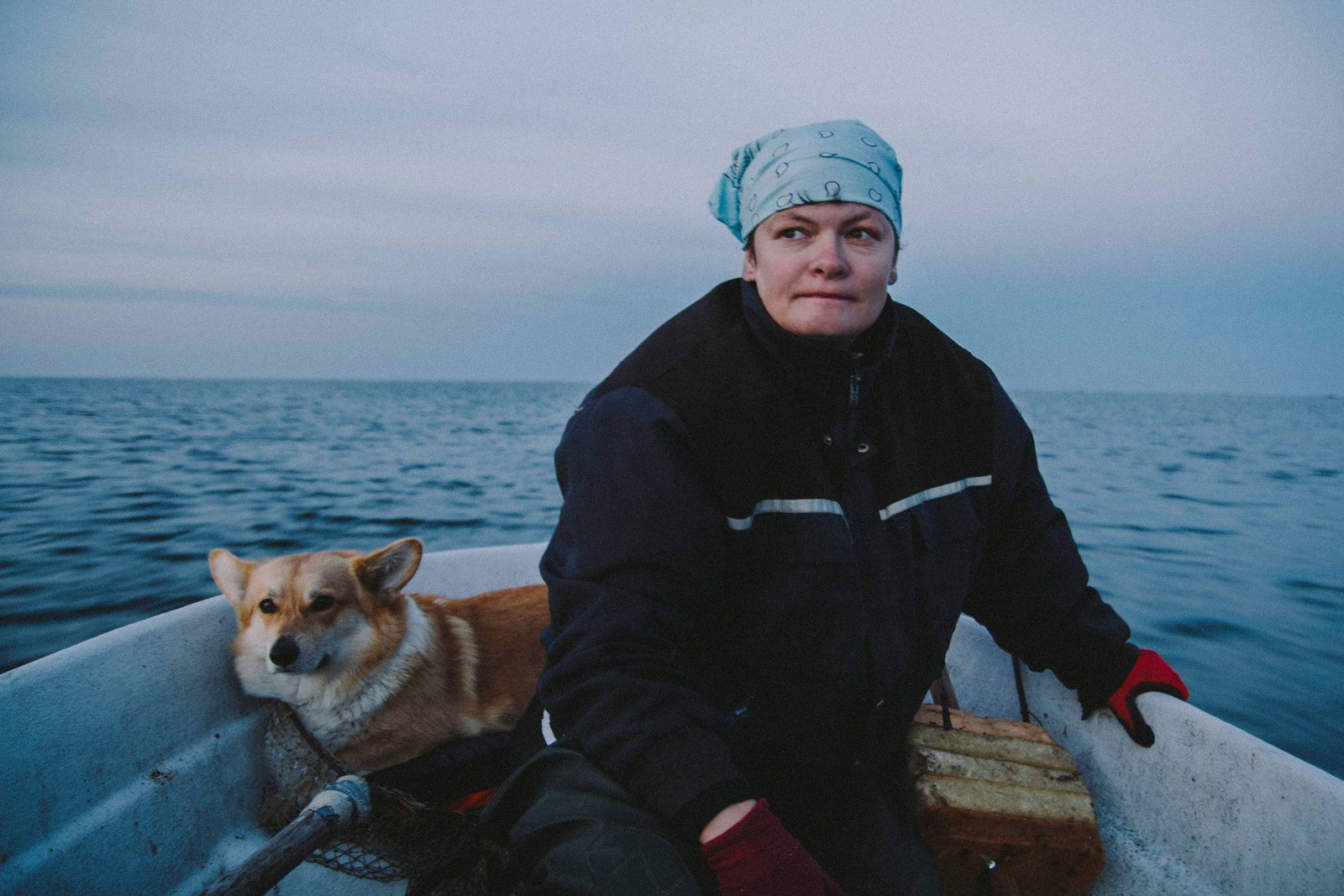
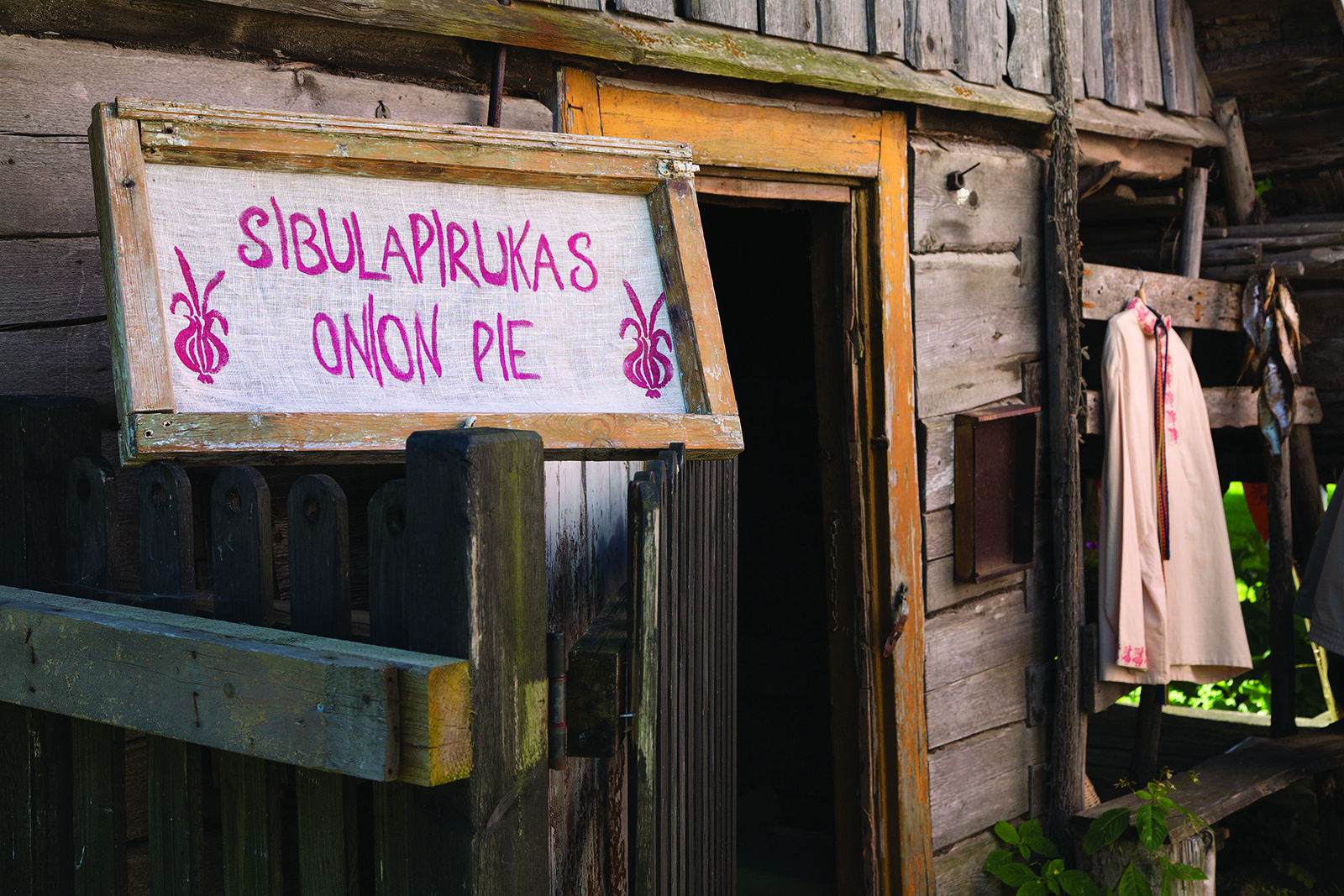
Peipsimaa visiting house. Photo by: Danel Rinaldo / Enterprise Estonia
Woman and her dog fishing near Kihnu island in western Estonia. Photo by: Meelika Lehola / Enterprise Estonia
BACK TO ALL QUESTIONS
